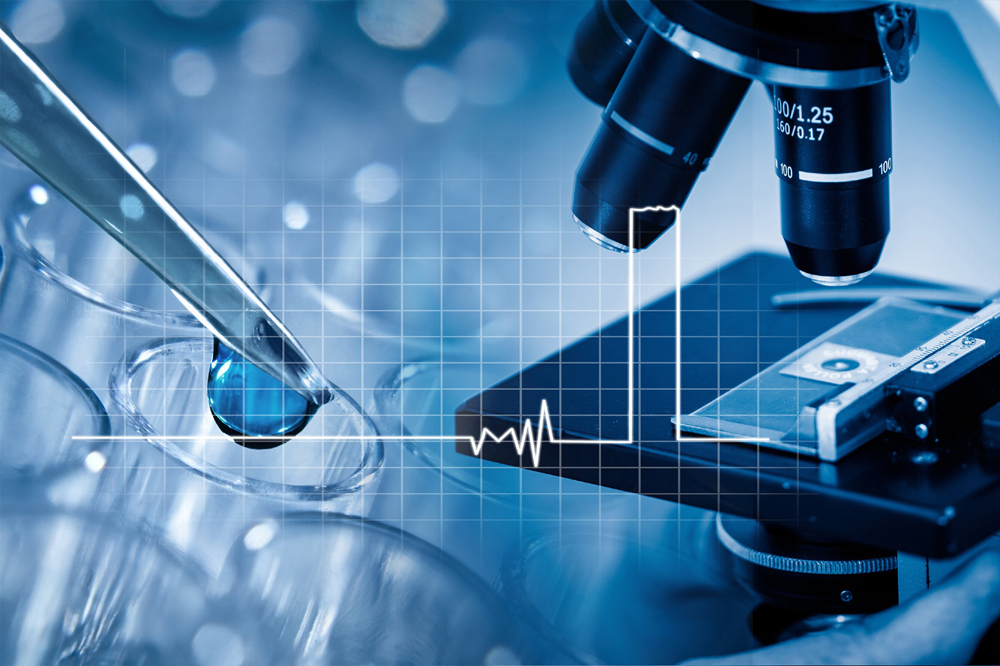
The main content of harmful substance detection
1. Heavy metal detection: including lead, mercury, cadmium, chromium, etc., these substances have potential hazards to human health and the environment.
2. Organic pollutant detection: such as polybrominated biphenyls (PBB), polybrominated diphenyl ethers (PBDE), polycyclic aromatic hydrocarbons (PAHs), etc.
3. Halogen detection: Detecting the content of halogens such as chlorine and bromine in materials, which may affect the environment and human health.
4. Specific chemical testing: such as phthalates, asbestos, perfluorinated compounds, etc.
5. Environmental hormone testing: Certain substances may interfere with the endocrine system, such as bisphenol A.
6. RoHS Directive Testing: Testing specific hazardous substances in electronic and electrical equipment, including lead, mercury, cadmium, hexavalent chromium, polybrominated biphenyls, and polybrominated diphenyl ethers.
7. REACH regulation testing: involves testing for a wider range of chemical substances, including substances of high concern (SVHC).

